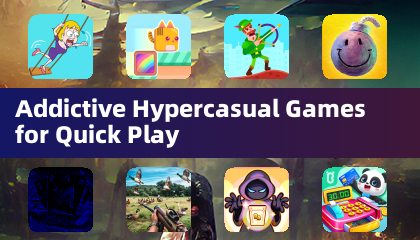The ROG Ally, a compelling Steam Deck alternative, shines with its Windows OS and expanded game library. The 2023 ROG Ally X upgrade boasts enhanced internals and improved ergonomics, thanks to superior cooling.
While its portability is a key feature, connecting to a larger screen enhances the gaming experience. Both ROG Ally models support external display connections for big-screen gaming on TVs or monitors. Below, we detail how to connect your ROG Ally, providing step-by-step instructions and recommendations.
Connecting via Adapter
Several methods exist, but adapters offer a simple, space-saving solution. Choose from compact dongles, direct cables, or the official ROG Gaming Charger Dock.
Required Equipment
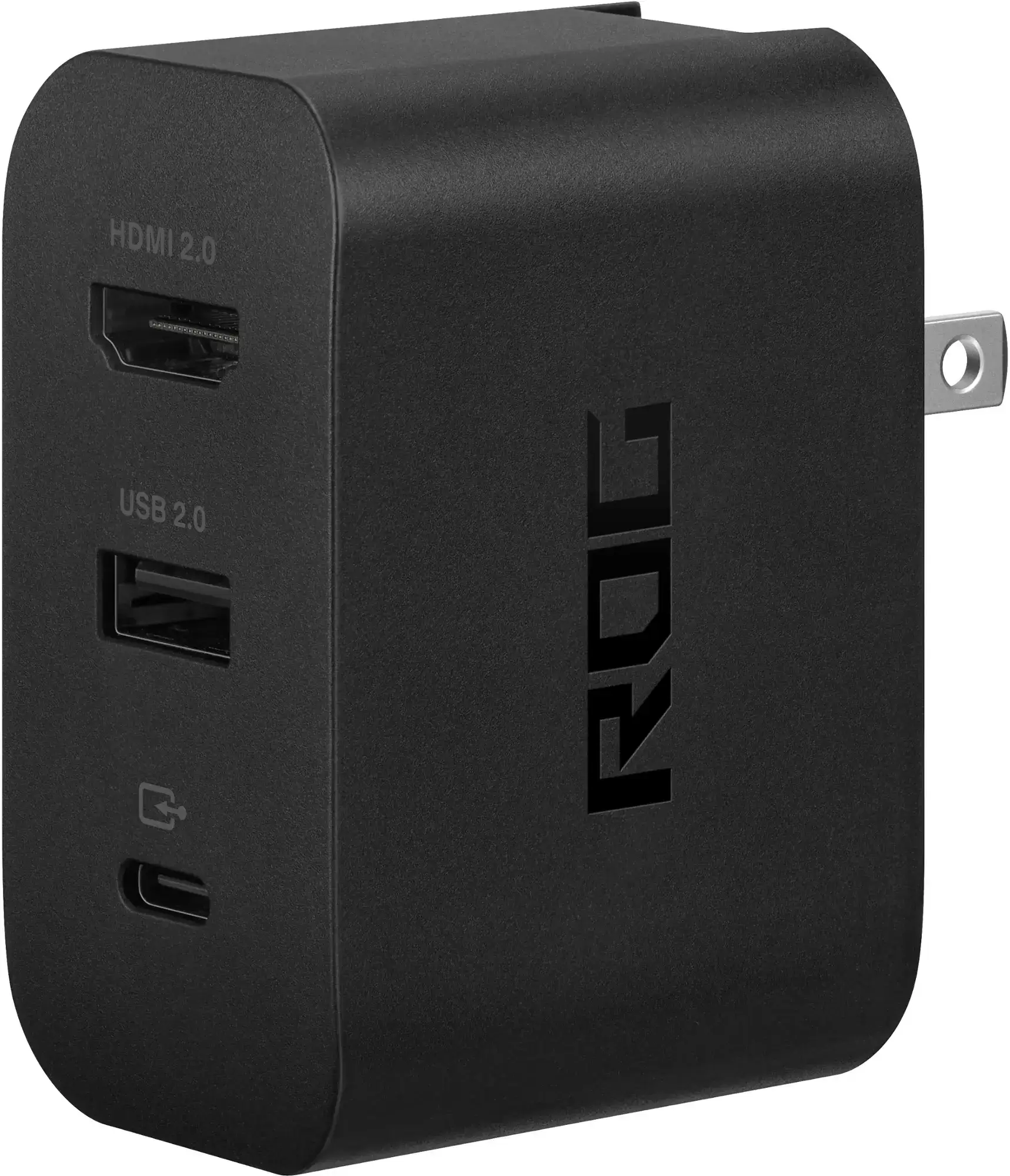 ### ASUS ROG 65W Charger Dock
### ASUS ROG 65W Charger Dock
0Supports HDMI 2.0, USB-A, and USB-C for seamless ROG Ally connectivity.See it at Best BuyAsus simplifies the connection process. The ROG Gaming Charger Dock, functioning as both charger and adapter, is the most compact option. A USB-C and HDMI cable are all that's needed. The dock also includes a USB-A port for mouse/keyboard connectivity.
Third-party USB-C to HDMI adapters connect directly to the Ally's USB-C port. An HDMI cable then links the adapter to your TV or monitor. Alternatively, a direct USB-C to HDMI cable eliminates extra steps.
Some adapters offer a USB-C passthrough port for charging. If so, an additional USB-C cable and power adapter are required to charge the Ally while gaming.
Step-by-Step Connection
- Plug a USB-C to HDMI adapter (or cable) into the Ally's top USB-C port. For the ROG Gaming Charger Dock, connect a USB-C cable between the Ally and the dock's USB-C port.
- Connect an HDMI cable to the adapter (or dock) and your TV/monitor's HDMI port. For a direct USB-C to HDMI cable, connect directly to the monitor.
- (Optional) If your adapter has a passthrough USB-C port, connect your Ally's power adapter for charging.
- Power on the Ally; video output should be automatic.
- Switch your TV/monitor input to the correct HDMI source.
Connecting via Docking Station
For a Nintendo Switch-like setup, consider a docking station. While no official dock exists (besides the ROG Gaming Charger Dock), numerous third-party options are available. These provide a stand for the Ally and charging capabilities.
Required Equipment
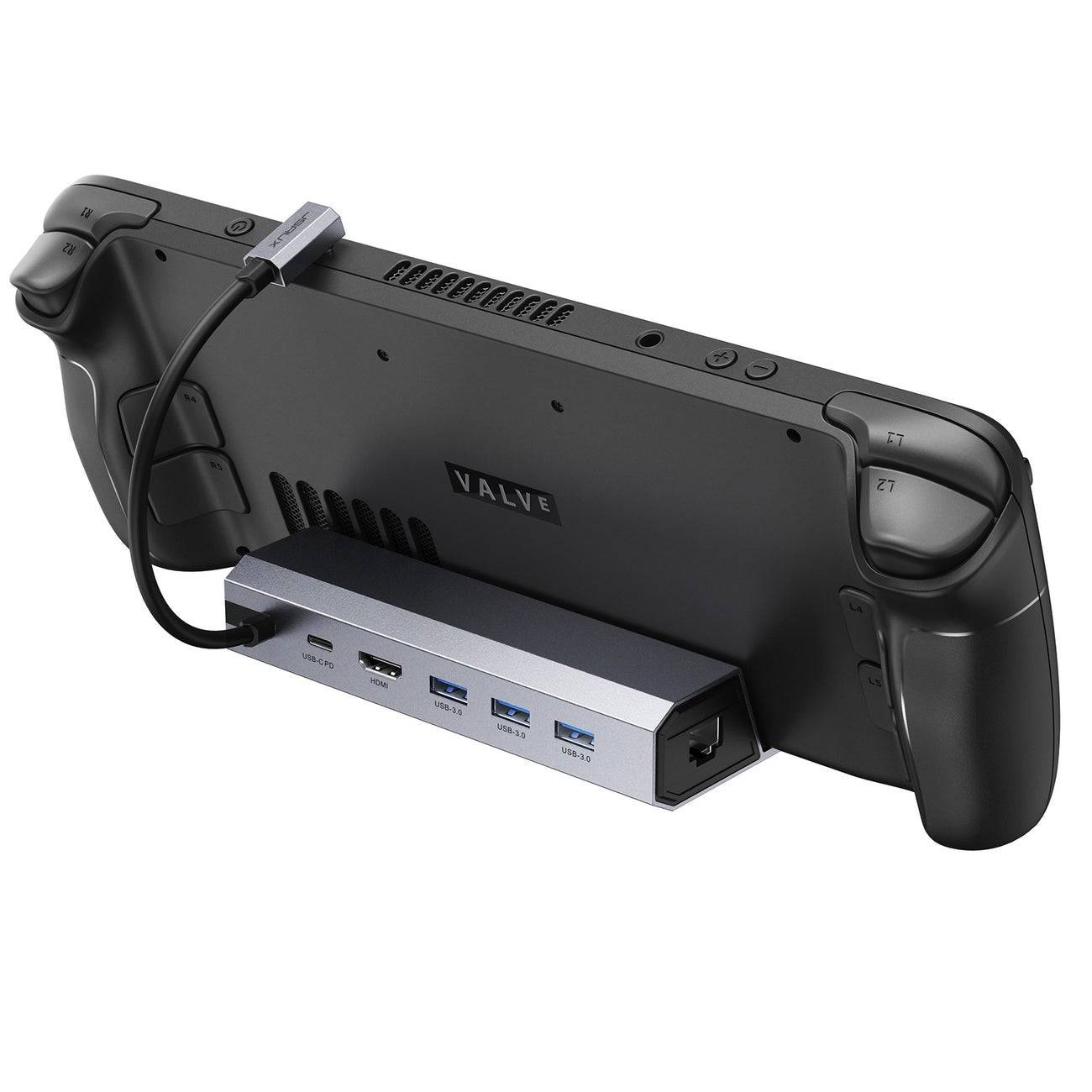 Our Top Pick### JSAUX Docking Station HB0603
Our Top Pick### JSAUX Docking Station HB0603
2100 watts of power for fast charging and multiple ports. This lightweight, compact dock also serves as a stand.See it at AmazonBasic docks offer HDMI and USB-C passthrough charging. More advanced options include extra USB ports (for peripherals), Ethernet (for wired internet), SD card slots, and even DisplayPort for dual-monitor setups. Smaller, portable docks are ideal for travel. Many Steam Deck docks are also compatible.
Step-by-Step Connection
- Place the Ally in the dock.
- Connect the USB-C power cord to the Ally's USB-C port.
- Connect the Ally's power adapter to the dock's USB-C charging port.
- Connect an HDMI cable between the dock and your TV/monitor.
- Power on the Ally; video output should be automatic.
- Switch your TV/monitor input to the correct HDMI source.
Controller Considerations
While mouse and keyboard work, a wireless controller provides a more comfortable big-screen gaming experience. The ROG Ally supports any Bluetooth-enabled controller. The following are recommended (and compatible with Steam Deck):
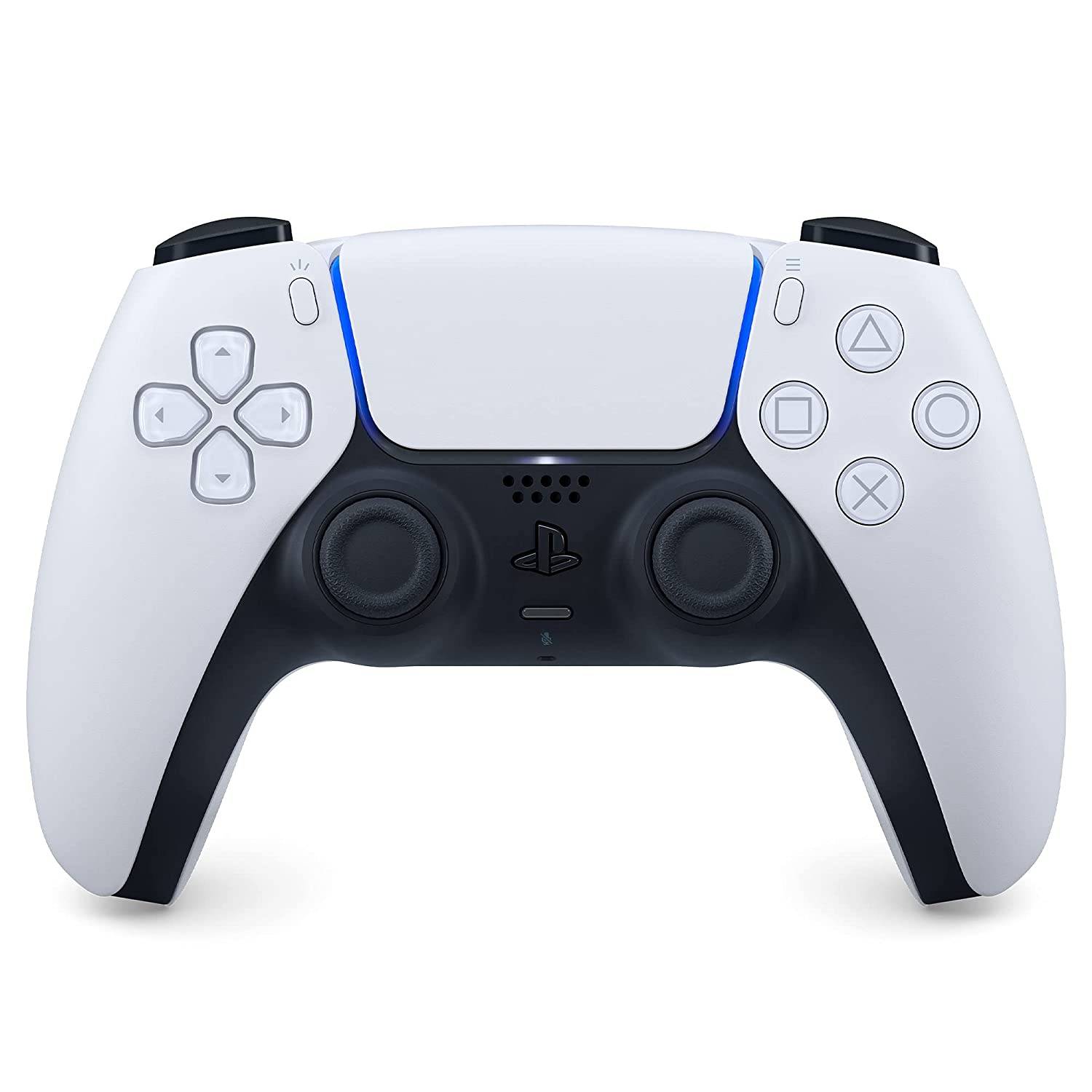 Our Top Pick### Sony DualSense
Our Top Pick### Sony DualSense
1See it at AmazonSee it at Best BuySee it at Target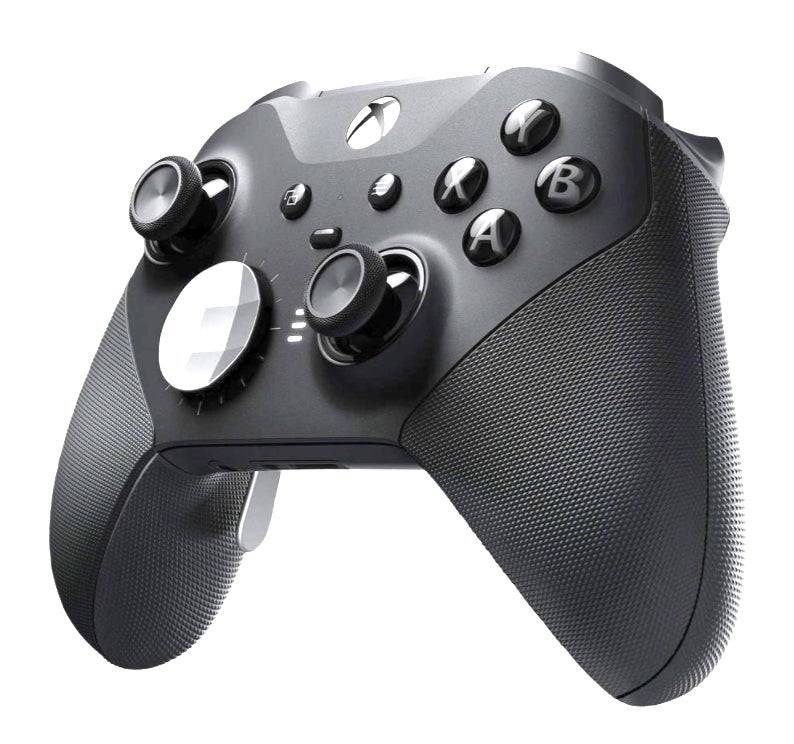 ### Xbox Elite Series 2 Controller
### Xbox Elite Series 2 Controller
4See it at AmazonSee it at Best Buy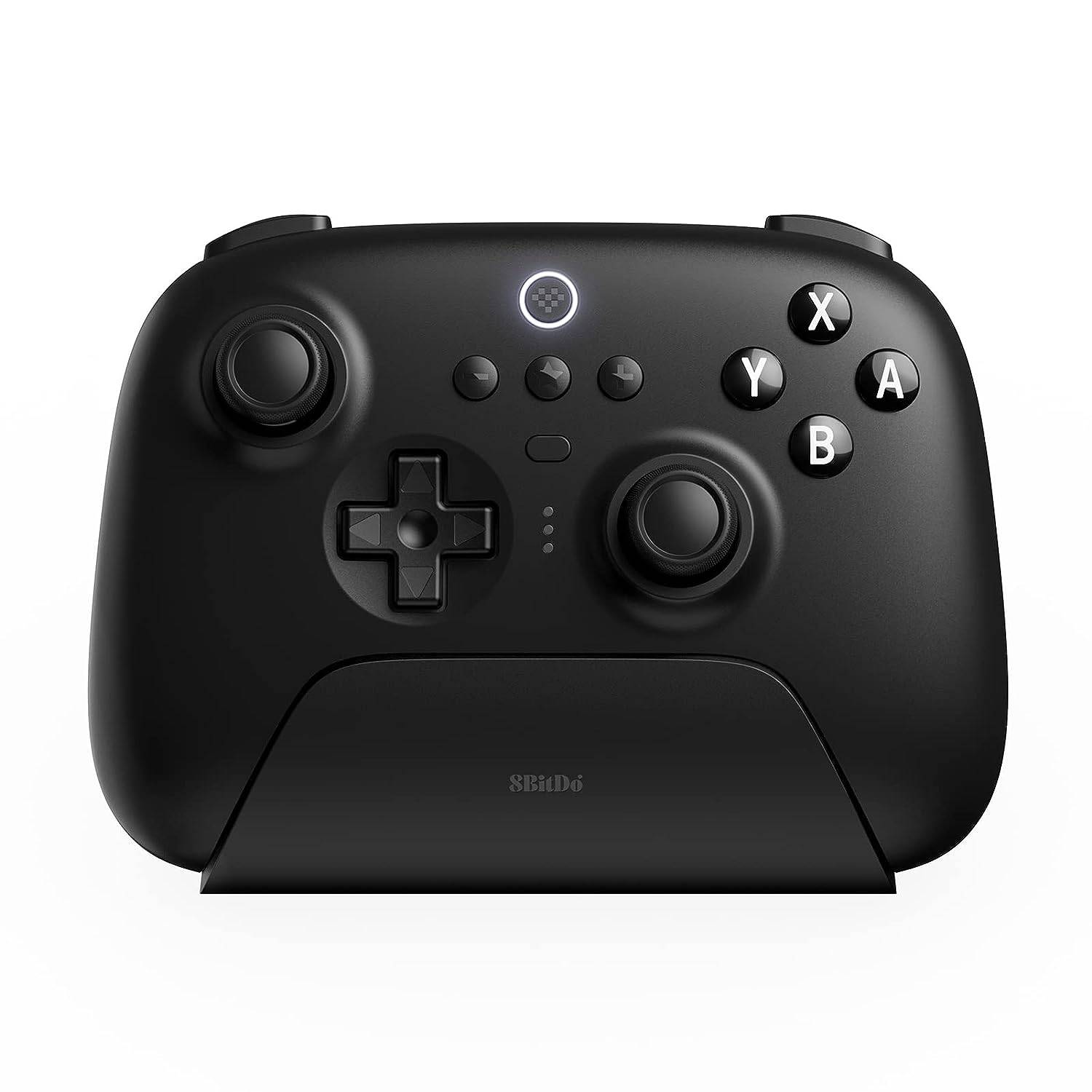 ### 8BitDo Ultimate Controller
### 8BitDo Ultimate Controller
0See it at Amazon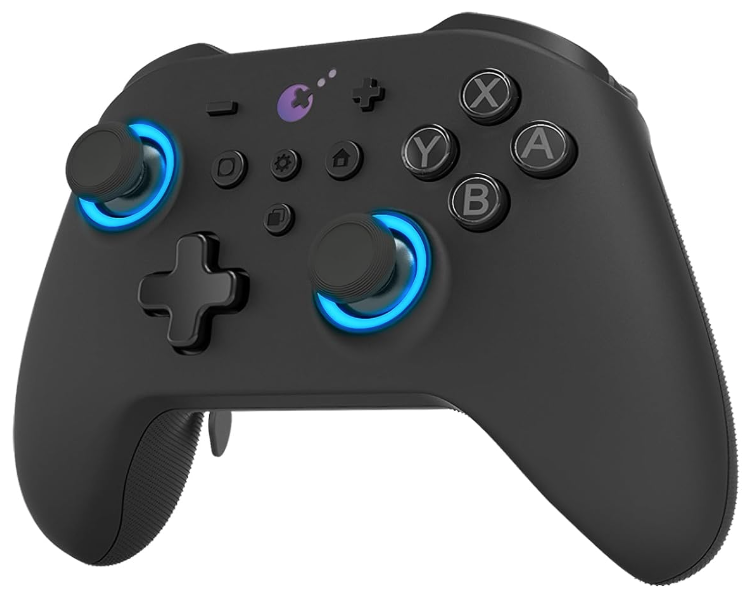 ### GuliKit KingKong 3 Max Controller
### GuliKit KingKong 3 Max Controller
1See it at Amazon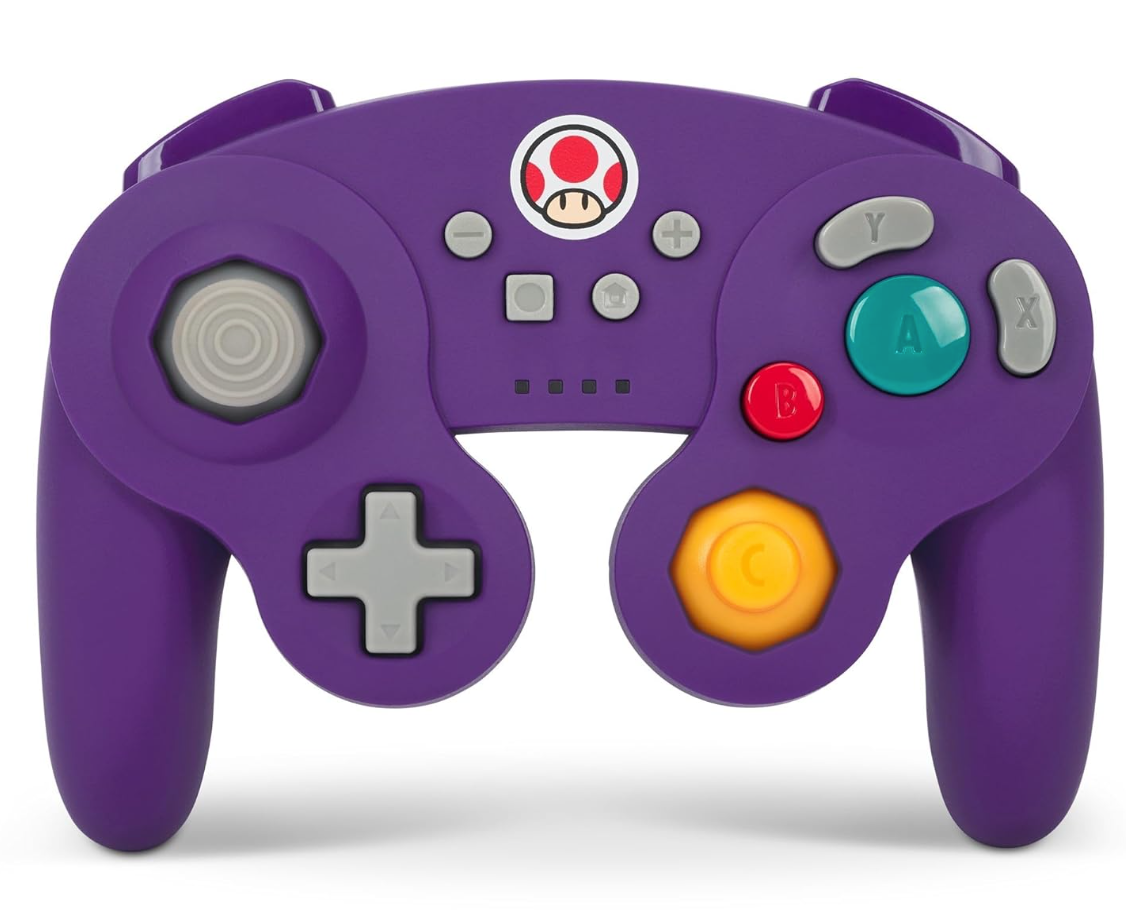 ### PowerA Wireless GameCube Style Controller
### PowerA Wireless GameCube Style Controller
2See it at AmazonOptions include first-party controllers (DualSense, Xbox Wireless, Switch Pro) and various third-party choices. 2.4GHz wireless controllers often offer lower latency and better range than Bluetooth. Wired USB controllers are also a viable option.








